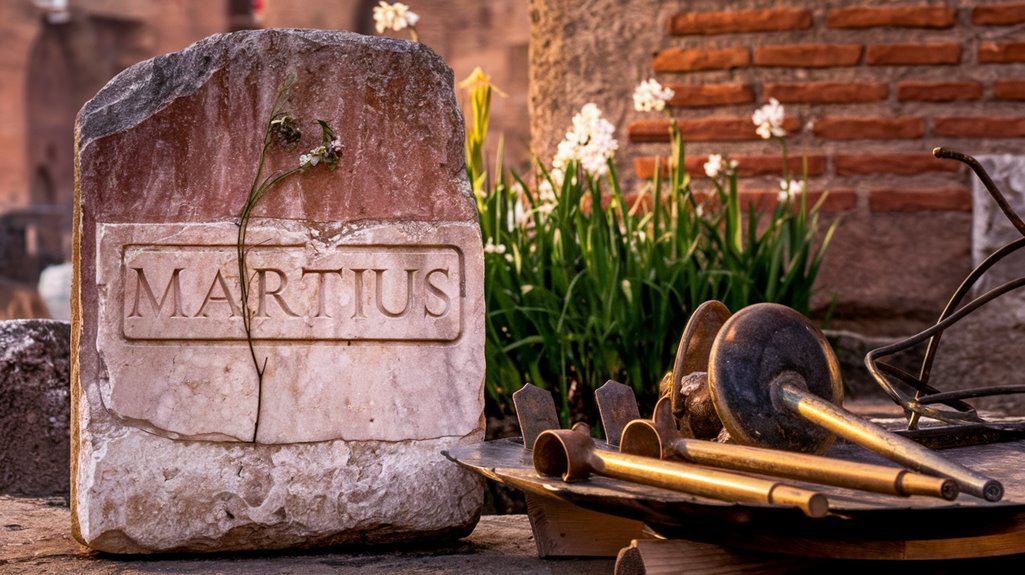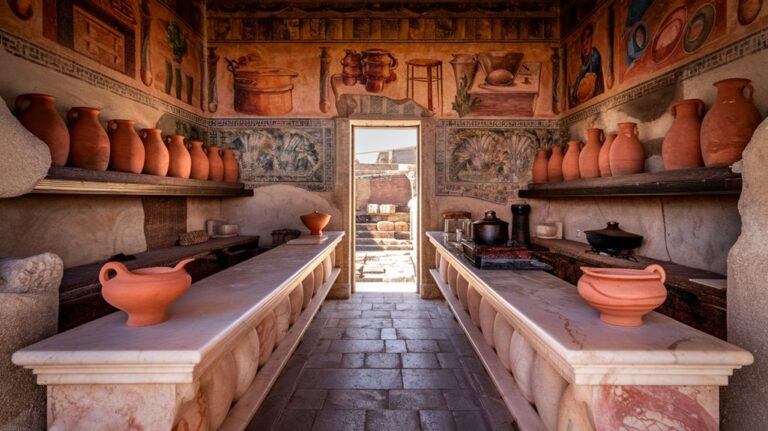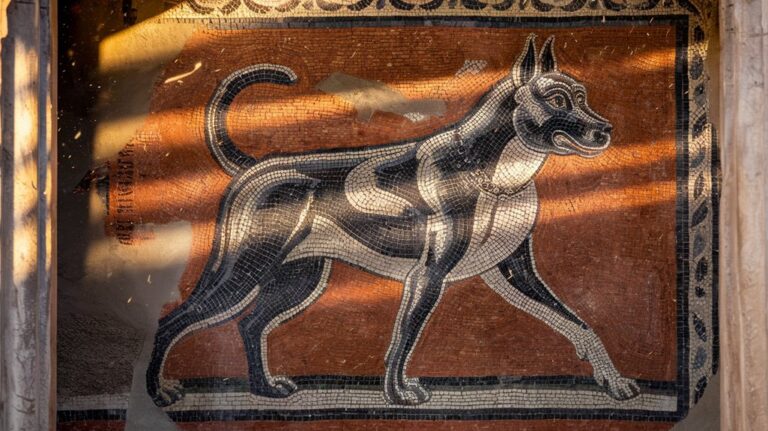March Was the First Month in the Ancient Roman Calendar
While you're marking January 1st on your modern calendar, ancient Romans would've been waiting two more months to celebrate their new year. You'll find it fascinating that March, not January, originally kicked off the Roman year—a practice that perfectly aligned with both nature's awakening and Rome's military campaigns. As a month sacred to Mars, it carried deep significance for everything from battlefield preparations to agricultural rituals. Yet there's more to this story of how Romans structured their time.
Origins of the Roman Year: Why March Led the Calendar
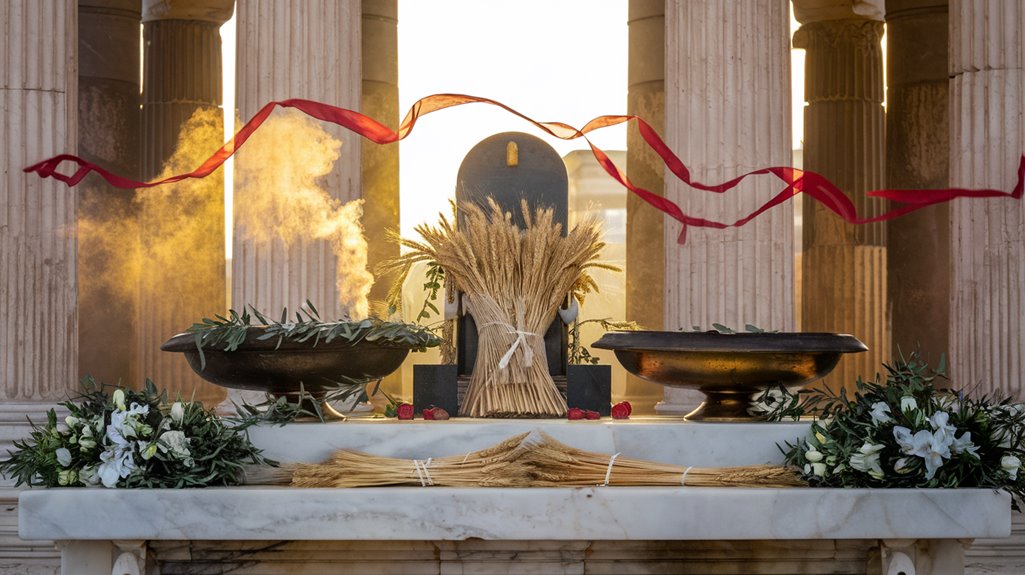
While many modern calendars begin with January, the ancient Roman year originally started in March, reflecting the Romans' deep connection to natural cycles and agricultural rhythms.
You'll find this timing wasn't arbitrary – it aligned perfectly with Roman mythology and the season's agricultural festivals marking nature's reawakening. Numa Pompilius later added the months of January and February to the calendar around 713-673 BCE.
In the earliest days of Rome, around 753 BCE, Romulus established a 10-month calendar that began with March, leaving winter as an uncounted period. The early calendar had only 304 days divided between these ten months.
This system demonstrated the practical mindset of early Romans, who focused on tracking time during the active growing and warfare seasons.
The name "March" itself comes from Mars, the god of both war and agriculture, showing how deeply intertwined these aspects were in Roman culture.
It's a reminder of how ancient civilizations structured their years around natural phenomena rather than arbitrary divisions.
Sacred Month of Mars: Military and Agricultural Significance
Two powerful aspects defined March in ancient Rome: its role as both a military and agricultural cornerstone under the patronage of Mars.
As you'd discover in ancient Rome, Mars worship was deeply woven into both warfare and farming. Before battles, legionnaires would swear oaths to Mars, seeking his divine protection, while farmers looked to him as guardian of their fields and harvests. The Field of Mars served as the primary gathering place where soldiers would assemble before campaigns.
During March, you'd witness numerous festivals marking the end of winter and the start of both the military campaign season and spring planting. This timing was deliberate, as March was named after Mars himself.
Agricultural rituals honored Mars's role in ensuring fertile crops, while military ceremonies prepared troops for upcoming battles.
The Romans saw these dual aspects as complementary – Mars protected Rome through both successful warfare and abundant harvests, making March a pivotal month of renewal and preparation.
The Ten-Month Structure of Early Rome
March's military and agricultural significance reflects an even more fascinating aspect of the early Roman calendar – its original ten-month structure.
You'll find it remarkable that the early Romans used a 304-day calendar that began in March and ended in December, leaving the winter period unassigned. This system perfectly aligned with agricultural cycles, as farmers weren't actively working their fields during winter months.
The calendar featured four months of 31 days and six months of 30 days, creating exactly 38 eight-day weeks. Each week concluded with a public market day. According to historical records, the legendary king Romulus established this calendar system. The Pontifices board managed the calendar's intercalation process to maintain seasonal alignment.
While this structure might seem strange today, it served the early Romans well until Numa Pompilius added January and February.
The calendar's alignment with lunar phases was essential, with key days marked by the kalends, nones, and ides corresponding to different moon phases.
Lunar Cycles and Religious Observances in March
As the first month of Rome's ancient calendar, Martius embodied both astronomical significance and sacred rituals tied to lunar cycles.
The pontifex maximus guided these observances through official declarations.
You'd find the month beginning with the first glimpse of a new crescent moon, as Romans carefully tracked lunar phases to maintain their religious calendar.
The festival rituals in March were particularly meaningful, combining military preparation with agricultural prosperity. These ceremonies were crucial transitions, as March festivals traditionally served to initiate military campaigns.
Here's what made March's observances special:
- The Feriae Marti opened the month with dancing priests called Salii renewing Rome's sacred fire.
- The Equirria featured sacred chariot races honoring Mars on the 14th.
- The Quinquatrus and Tubilustrium focused on purifying weapons and trumpets for the upcoming military season.
This lunar-based system, though shorter than the solar year, established a rhythm that perfectly aligned with Rome's military and agricultural needs.
From March to January: The Evolution of Roman Timekeeping
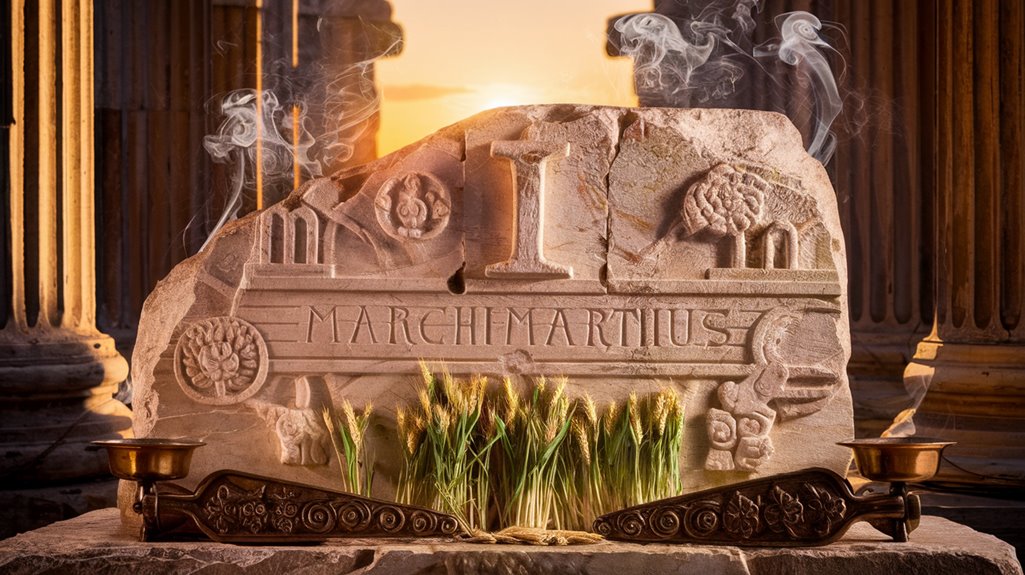
The evolution of Roman timekeeping began with a simple ten-month calendar, where March proudly held its position as the first month of the year.
You'll find that this early lunar-based system faced significant challenges, as it didn't align well with agricultural seasons and solar cycles.
When King Numa Pompilius added January and February, it marked the first major calendar reform, though accuracy issues persisted. To address these inaccuracies, Romans periodically added an intercalary month to realign their calendar. March was deeply connected to the god of war and aligned with spring, making it a natural starting point for the year.
The real breakthrough came when Julius Caesar introduced the Julian calendar in 45 BCE.
You can trace today's timekeeping legacy directly to this innovation, which established a 365-day solar year with leap years.
While January eventually became the first month, the Julian system's influence extends far beyond ancient Rome – you'll still see its impact in modern timekeeping, from standardized months to the continued use of Roman numerals on clocks.




